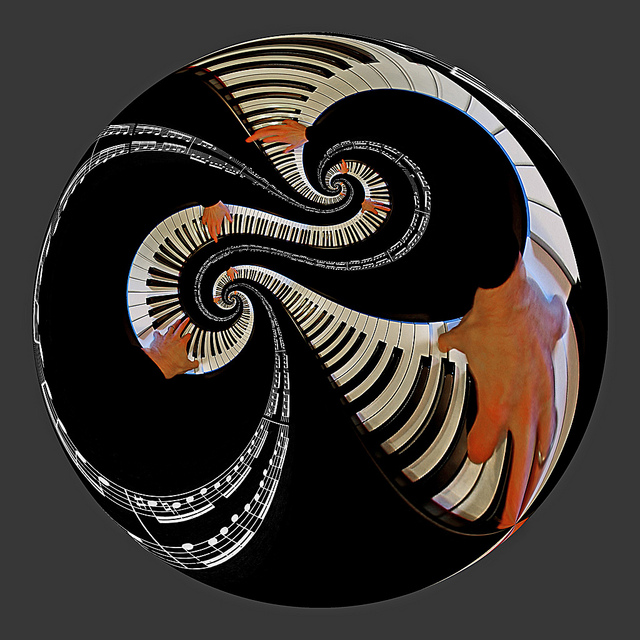Pedagogy of Harmony
The title of this post comes from a phrase coined by Stephen Downes in a Mastodon conversation where he said:
“This and the related discussion led me to think of a ‘pedagogy of harmony’ as my own perspective (as opposed to pedagogy of small, say, or pedagogy of slow – buy also, on reflection, as opposed to Friere’s pedagogy of the oppressed (and later pedagogy of hope’)).
What is a ‘pedagogy of harmony’? I’m not exactly sure, but it combines a feeling of well-being and comfort and inclusion.” (source link to the full thread here)
A day or two later, I received an email from Matthias Melcher suggesting perhaps the concept could perhaps be explained by melodic dissonances and maybe with an audible demonstration. This unexpected email sparked a firework of ideas in my mind. I’ll do my best to put a few of them in an understandable order here.
My frame has to do with painting different images of harmony, how we can practically understand it, and what it has to do with people and pedagogy/learning (that ‘p’ word is a good one, but laden with baggage). Humour me with explaining and dancing around a topic that is as big as history itself, well nearly.








